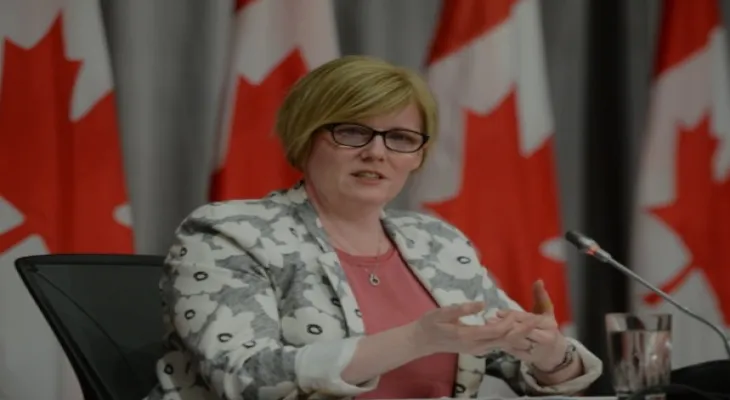Search here
Newspaper
Search here

Arab Canada News
News

Published: November 2, 2022
The Canadian government announced on Tuesday improvements to the repayment assistance plan under the Canadian Student Financial Assistance Program, providing more flexibility for student and trainee loan borrowers. As of November 1, the minimum income threshold for no payments increased by $15,000 to $40,000, up from $25,000 for single-person families.
This means that repayment will not be required until borrowers earn at least $40,000 annually, and the income threshold will increase based on family size.
Additionally, the maximum affordable monthly payment has also decreased from 20 percent to 10 percent of the borrower's family income, a step the government says is designed to ensure no borrower pays more than they can reasonably afford. "Starting today, more graduates can focus on building their careers instead of worrying about student loans. This is very important," said Carla Qualtrough, Minister of Employment, Workforce Development and Disability Inclusion, in a press release, stating that a skilled strong workforce depends on affordable and accessible education, and this change will ensure more flexibility for more Canadians when paying for school.
Also, during the recent federal election, the Liberal Party promised to raise the income threshold to $50,000 for single Canadians. Tuesday’s announcement does not meet this promise, but it still represents an important change for students. According to the Department of Labour, approximately 180,000 students will benefit each year. The new income threshold for no payments will be indexed to inflation annually. Likewise, raising the income threshold for the repayment assistance plan and indexing it annually to inflation will provide relief to many borrowers suffering from the effects of inflation. Mackenzie Metcalfe, Executive Director of the Canadian Alliance of Student Associations, said in the press release that the announced program changes will increase its use and accessibility for borrowers who need it. In the same context, the governments of Manitoba, Newfoundland and Labrador, Saskatchewan, New Brunswick, and Nova Scotia are making the same improvements to their repayment assistance plans. Quebec, the Northwest Territories, and Nunavut do not participate in the Canadian Student Financial Assistance Program and receive alternative payments from the federal government to administer their own student loan procedures.
Comments